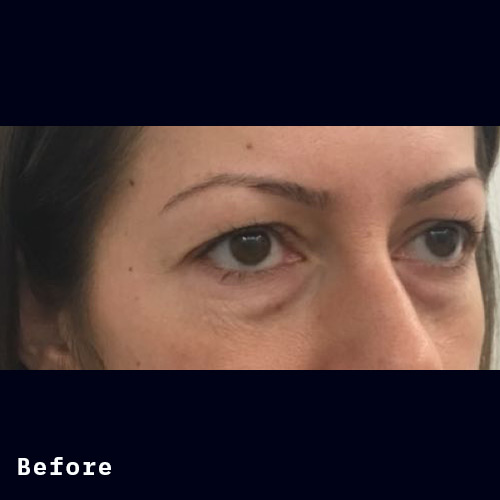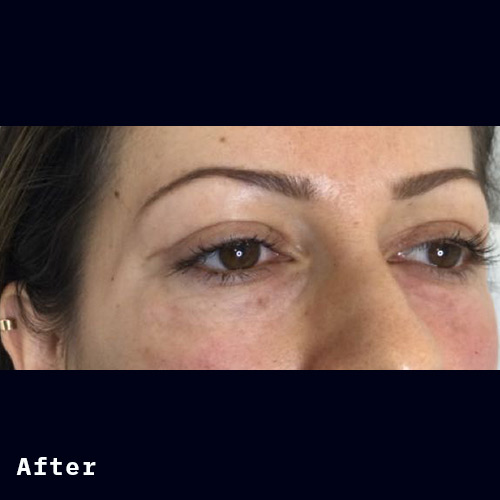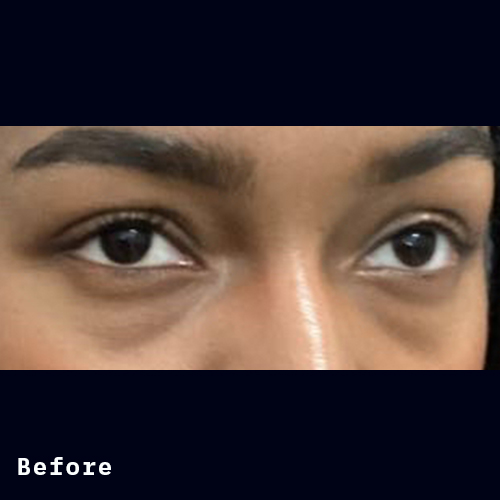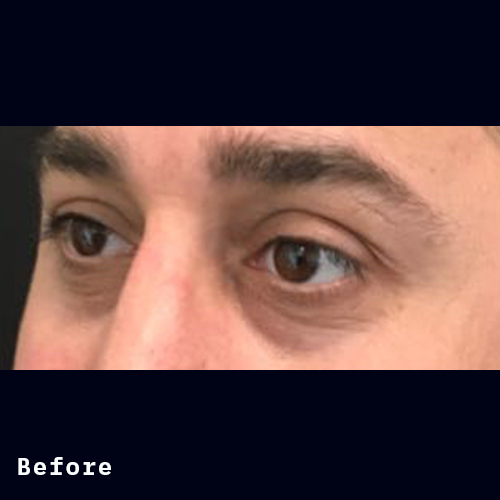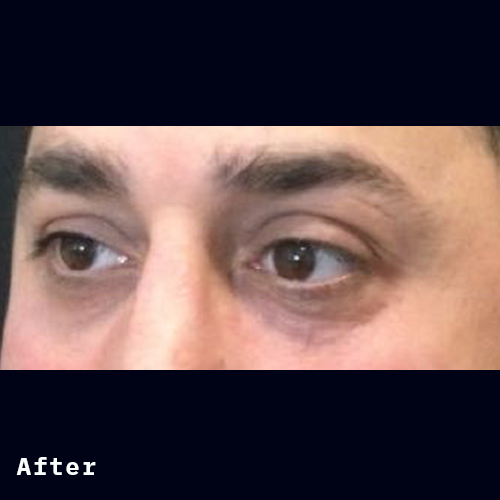aesthetic Services
Dark Circles
Male and Female treatment to reduce the appearance of dark under eye circles.
Rated 5/5
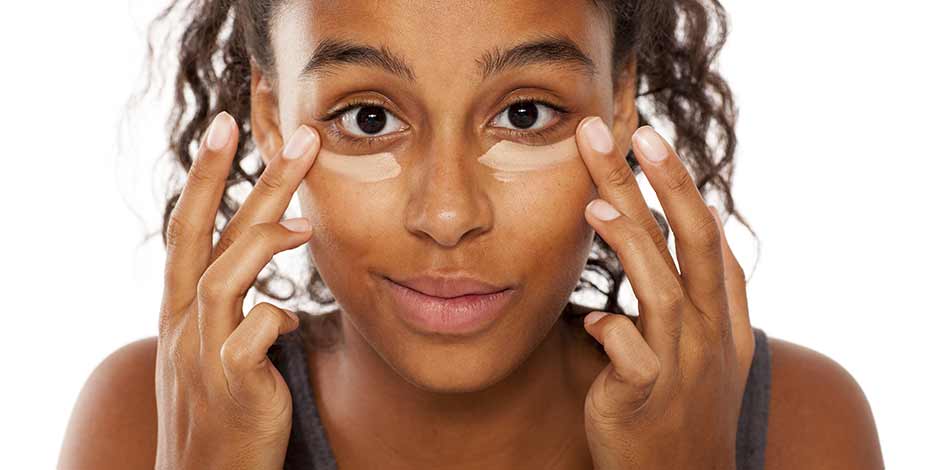
Many people are concerned about dark circles or dark shadows beneath their eyes. But why do they occur in the first place, and how can we reduce dark circles?
The anatomy of eyelid skin is complex and unique. The eyelid layers, in order, are skin, orbicularis muscle, septum, and fat.
In contrast, in the rest of the face there is a subcutaneous layer of fat directly underneath the skin. For this reason, eyelid skin is prone to appear darker than the rest of the face
Causes of Dark Circles
Dark circles under the eyes are a common concern that many people experience at various points in their lives. Understanding the underlying causes can provide insight into potential treatments and preventive measures.
- Genetics: Genetic predisposition plays a significant role in the development of dark circles. Individuals with certain ethnic backgrounds often have higher levels of melanin in their skin. This increased pigmentation can manifest as dark circles, especially in the delicate under-eye area where the skin is thinner and more transparent.
- Family history of dark circles: If dark circles are prevalent in your family, you may be more likely to develop them. This familial tendency can be linked to inherited traits such as skin pigmentation, vascular structure, and even bone anatomy.
- Vascular causes: The under-eye area is packed with blood vessels. Poor circulation or the dilation of these vessels can lead to a pooling of blood, which appears as dark circles. This vascular congestion is often more noticeable in the thin, delicate skin around the eyes, where changes in blood flow can create visible darkening.
- Allergies: Conditions such as hay fever and eczema can exacerbate dark circles. Allergies cause itching and rubbing of the eyes, leading to hypertrophy (thickening) and erythema (redness) of the eyelid skin. This irritation and inflammation can cause blood vessels to become more prominent, further darkening the under-eye area.
- Dehydration: Adequate hydration is crucial for maintaining healthy skin. Dehydration can cause the skin to look dull and sunken, particularly around the eyes. The lack of moisture can make the skin appear thinner and highlight the underlying blood vessels, thus contributing to the appearance of dark circles.
- Smoking: Smoking is detrimental to overall skin health and accelerates the ageing process. The toxins in cigarette smoke can damage the skin's collagen and elastin, leading to thinning and discolouration. This damage is especially evident in the delicate skin around the eyes, making dark circles more pronounced.
- Ageing: As we age, we naturally lose volume in the facial area, including the under-eye region. This loss of fat and collagen, combined with the descent of the eyelid structures, can create hollows and shadows, which accentuate dark circles. Additionally, the skin becomes thinner and less elastic with age, making the underlying blood vessels more visible.
- Thin skin: The skin under the eyes is among the thinnest on the body. This thinness makes it particularly susceptible to dark circles, as it allows the underlying blood vessels to show through more easily. Factors like ageing, genetics, and lifestyle can further exacerbate this issue, leading to a perpetually tired appearance.
Dark Circle Treatment
Miss Hawkes offers a range of surgical and non-surgical services to help combat dark circles, including:
Treatment options can also extend to topical prescription creams, chemical peels and laser to the eyelid vessels.
Miss Hawkes will take a full medical history and perform a thorough examination to ascertain the underlying cause of dark circles and ultimately determine the correct management.
Trusted Practitioner
Highly experienced and serving in multiple advisory roles, Dr Hawkes stays at the forefront of industry standards and care.
Award-Winning
Award-winning and Tatter-recommended, Dr Hawkes is honoured to be commended for her achievements.
Bespoke Treatment
Using extensive facial and ocular expertise, Dr Hawkes tailors each treatment to the individual needs and natural features.
Advanced Techniques
State-of-the-art technologies and meticulous care underscore Dr Hawkes’ dedication to continuous innovation, learning and excellent results.
Why choose Dr Hawkes?
Bespoke care,
natural results.
Bespoke Treatment: Dr. Hawkes meticulously formulates a personalised treatment plan specifically tailored to your individual needs, medical background, and aspirations.
Excellence in Treatment:With over 20 years of medical and surgical training, Dr Hawkes offers expertise in eye surgery, eye care and aesthetic treatments.
Top-tier Facility: Dr Hawkes is the lead Oculoplastic Surgeon at the internationally renowned Cadogan Clinic in Chelsea, London, where your safety and comfort are paramount.
Rated 5/5

TESTIMONIALS
Happy patients
Dr Hawkes' Results
Before & Afters
Book a Consultation
If you would like to book a consultation, please use the form below. We will respond within 2 working days.

